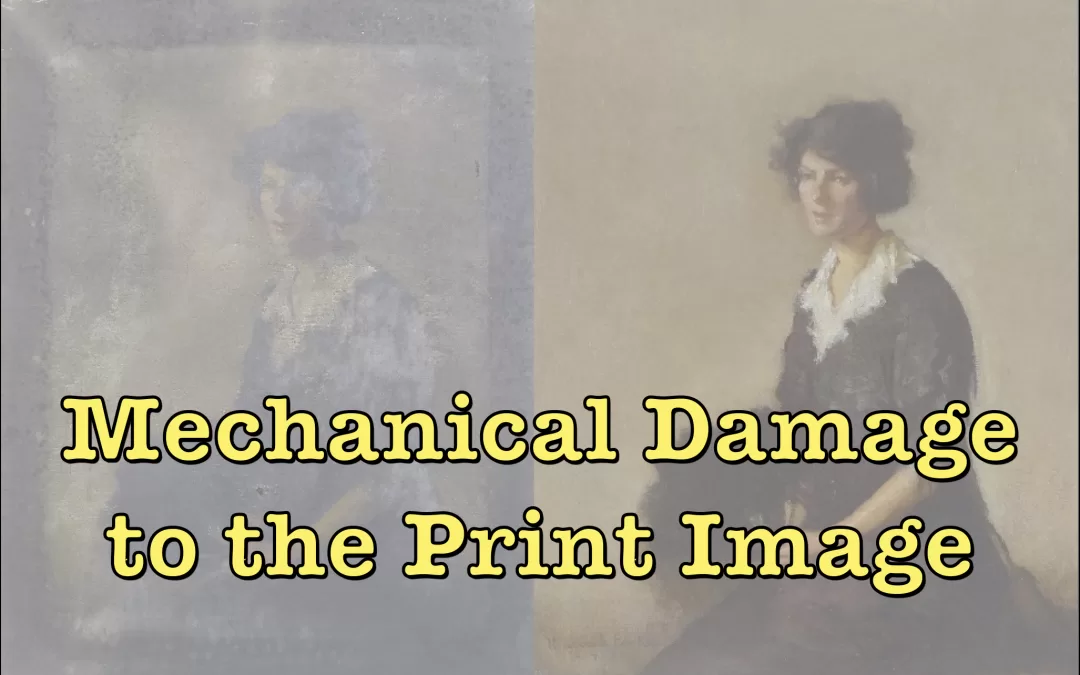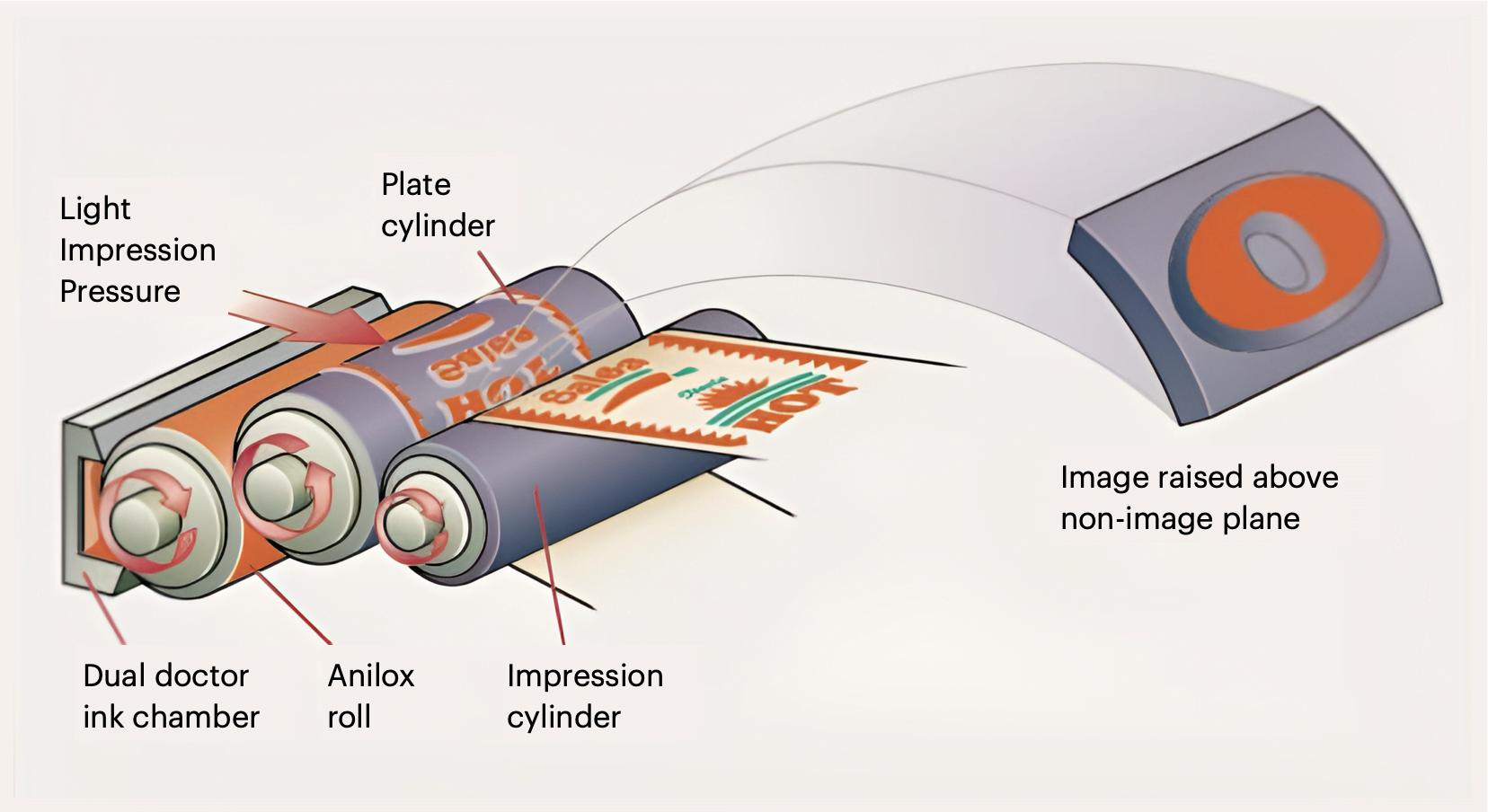This article is part of the FLEXO FLAW FIXING series
The problem of Mechanical damage to the print image in flexo printing
Mechanical damage to the print image can occur when the print is dropped, when it is bumped or shaken, when the print is moved from one place to another, or when it is submerged in water. If mechanical damage occurs,
There are three main things that will need to be done in order to restore the image:
- Repairing the physical damage
- Restoring the tonal range of colours in the image
- Restoring any missing details
It is important to understand what mechanical damage is so that you can take the appropriate action to protect your print.
How do people get mechanical damage to the print image?
There are a few ways that people can get mechanical damage to the print image.
Sometimes, print jobs will be incorrectly set up and will result in images that are difficult to print because of their high resolution or large size.
Additionally, users can damage prints by accident when handling them or when they are transported.
How to prevent a print image from getting damaged during printing:
Printers are often blamed for ruining prints, but there are a few simple steps you can take to prevent this from happening.
Follow these tips, and you’ll be able to keep your prints looking great without having to worry about the damage that can occur during printing.
1. Check the quality of your image before printing:
If your image is low quality, it will likely end up with flaws when printed. Make sure your image is of a good quality before printing it.
This means ensuring that the photo has proper lighting and resolution.
2. Be aware of the settings on your printing machine:
Some printing machine have higher settings than others, which can lead to more damage in prints.
Make sure you are using the correct settings for your printer so that it does not cause too much damage to your images.
3. Check how the machine is being made:
Prints can be ruined if they are printed incorrectly.
Invest in a quality printing machine and make sure you know how to use it correctly so that you don’t end up damaging your prints.
These three tips will help you avoid any damage to your print images during printing.
How is mechanical damage to the print image different from fading?
There are a few ways in which mechanical damage to the print image can be different from fading.
The first is that fading is caused by light exposure over time, while mechanical damage results from physical force or impacts.
Secondly, fading is often gradual and subtle, while mechanical damage is typically more pronounced and easily noticeable.
Finally, fading can often be corrected with digital editing, while mechanical damage cannot always be repaired.
What is the best way to remove mechanical damage from a print image without degrading the quality?
There are a few ways to remove mechanical damage from a print image without degrading the quality.
Depending on the severity of the damage, one option may be better than another.
If the mechanical damage is surface-level or limited to the edges of the image, use a scanner or digital camera to capture a digital copy of the print and restoring it in Photoshop or another photo editor can be an efficient and cost-effective way to fix the image.
This approach is helpful if there is no need to preserve the original print object, since a digital copy can be easily edited if needed.
Additionally, restoring damaged prints with Photoshop can help you ensure that your images look consistent with other prints in your portfolio.
If more extensive mechanical damage exists throughout the image, such as significant dirt or blemishes, it may be best to repair or restore the photograph using a professional restoration service.
With fuller knowledge of all of the various restoration options available and experience in handling delicate prints, these professionals can often achieve results that are both accurate and consistent with other prints in your collection.
In some cases, this may be preferable to attempting to clean and repair mechanical damage on an individual basis.
Conclusion
It is important to be aware of the potential for mechanical damage to your print image.
Keep your equipment and work area clean and free of debris to minimize the chances of damage.
If any mechanical problems do arise, be sure to contact a qualified technician for assistance.





![[Flexo Flaw Fixing] Smudging & Bleeding Bleeding and smudging in flexo printing](https://flexopedia.net/wp-content/uploads/2022/07/065_Bleed_and_Smudge-jpeg-e1703152304722.webp)